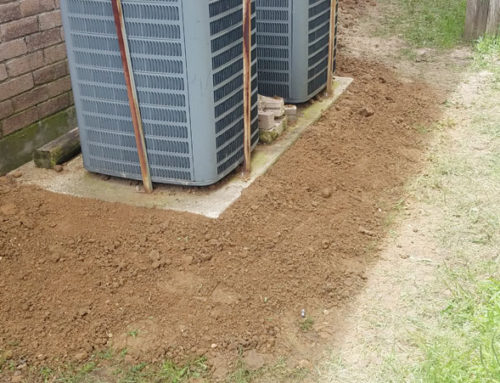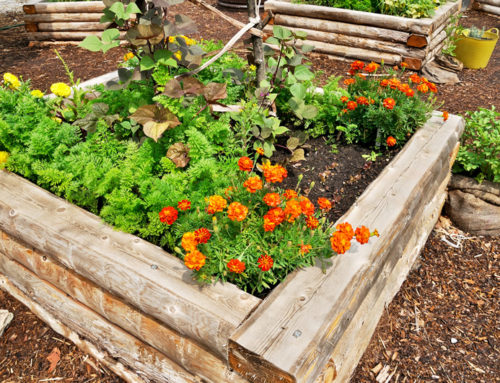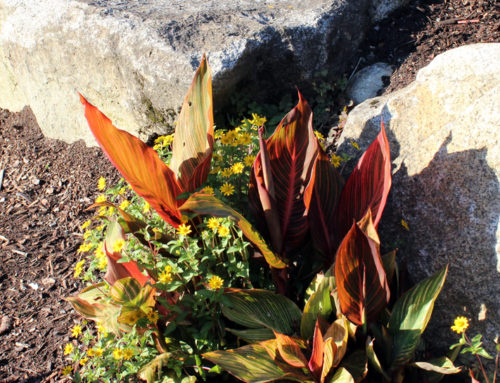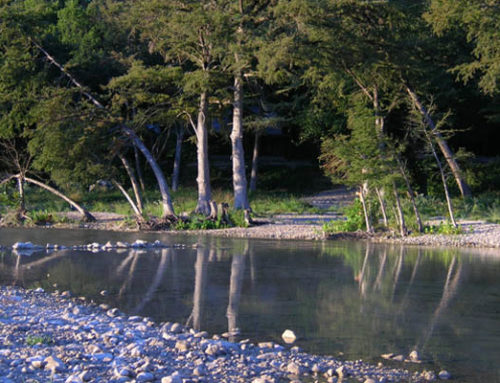Considerations when Landscaping a Walkway
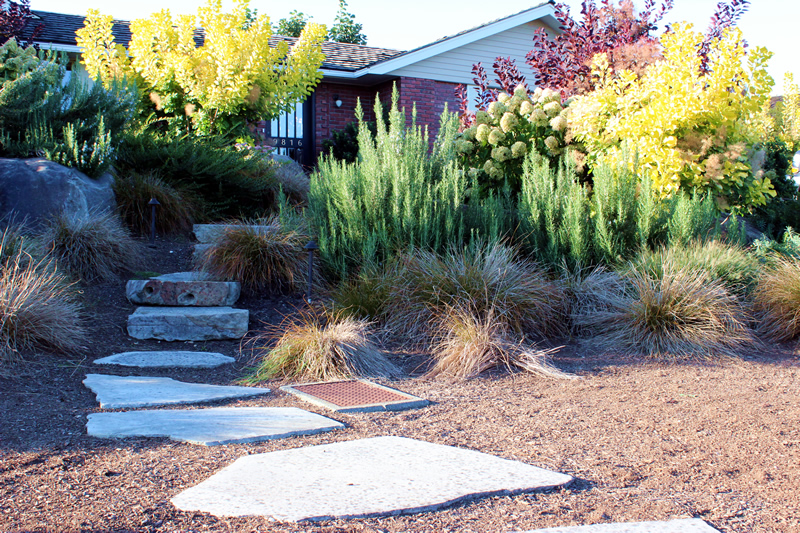
Paths and walkways can unify a landscape’s design elements and reduce lawn maintenance. Adding a pathway is a great way to add a new visual element to an existing landscape without re-landscaping the whole area. Well-planned hardscaping will soften your look and adds great curb appeal.
How Tall with Your Plants Grow?
Unless you are careful you may end up with beautiful porches and architectural elements of structures are hidden because plants are too tall. Whenever possible, try to be conservative with your planning. If a shrub will get to be 5′ tall, avoid planting it under a 3′ window sill. Otherwise, you’ll constantly have to cut them back. Likewise, be mindful of branch height of trees. If you’d like to have a tree near a walkway, driveway, or patio, be sure you know how low those branches may get. Otherwise, it may affect the usability of your walkways.
How Much Space Will Plants Take Up?
It is very important to approximate how much a plant will grow over time. Before you know it, your 3 foot wide walkway is now 2 feet wide because the bordering shrubs have grown over them. This leaves you to hack them back to ugly twigs each year or to spend money tearing them out and replacing them. To be able to take advantage of the full width of driveways, walkways, and patios, be sure to understand how wide plants will grow and plant them generously away. If a shrub says it will grow 4′-6′ wide, it should be at least half of that distance away.
Hint: A good rule of thumb is to make garden walkways at least four feet wide, which will allow two people to walk comfortably side-by-side.
Do Your Plants Have Prickers?
Some plants look great but aren’t for close proximity to areas people will be sitting or walking, or where cars may be parking. Plants with thorns or rigid branches need to be planted far enough away from paved surfaces. Otherwise there will be scratched legs and arms, or worse, no one will want to use your beautiful patio!
Plant Droppings
A certain plant may not present any problems at one spot on your property, but it can be a big nuisance somewhere else. When selecting trees and shrubs for your landscaping plan, be sure to know what those plants may be dropping throughout the year. While most plants create some sort of debris, there may be a better choice. For instance, Crepe Myrtles are a colorful option in North Texas because they bloom even in the hottest part of the season. But their flowers will stain cement and other paved surfaces or outdoor furniture, so be sure to plant them far enough away to avoid an unsightly mess.
Will Plants Look Good Year Round?
When planting a border, be sure to choose evergreen plants or a mix of plants that bloom in each season of the year. That way your border will always have interesting foliage and blooms to view. Mark the border area before you plant to ensure you have enough space to accommodate the desired plants. Keep the plants in the border no more than 3 feet tall so it doesn’t become overwhelming. Plants that require minimal care and adapt well to the conditions provide a worry-free border option.
10 Ideas for Low-Growing Boarder Plants
Follow Earth ‘s board Driveway & Walkway Ideas on Pinterest.



